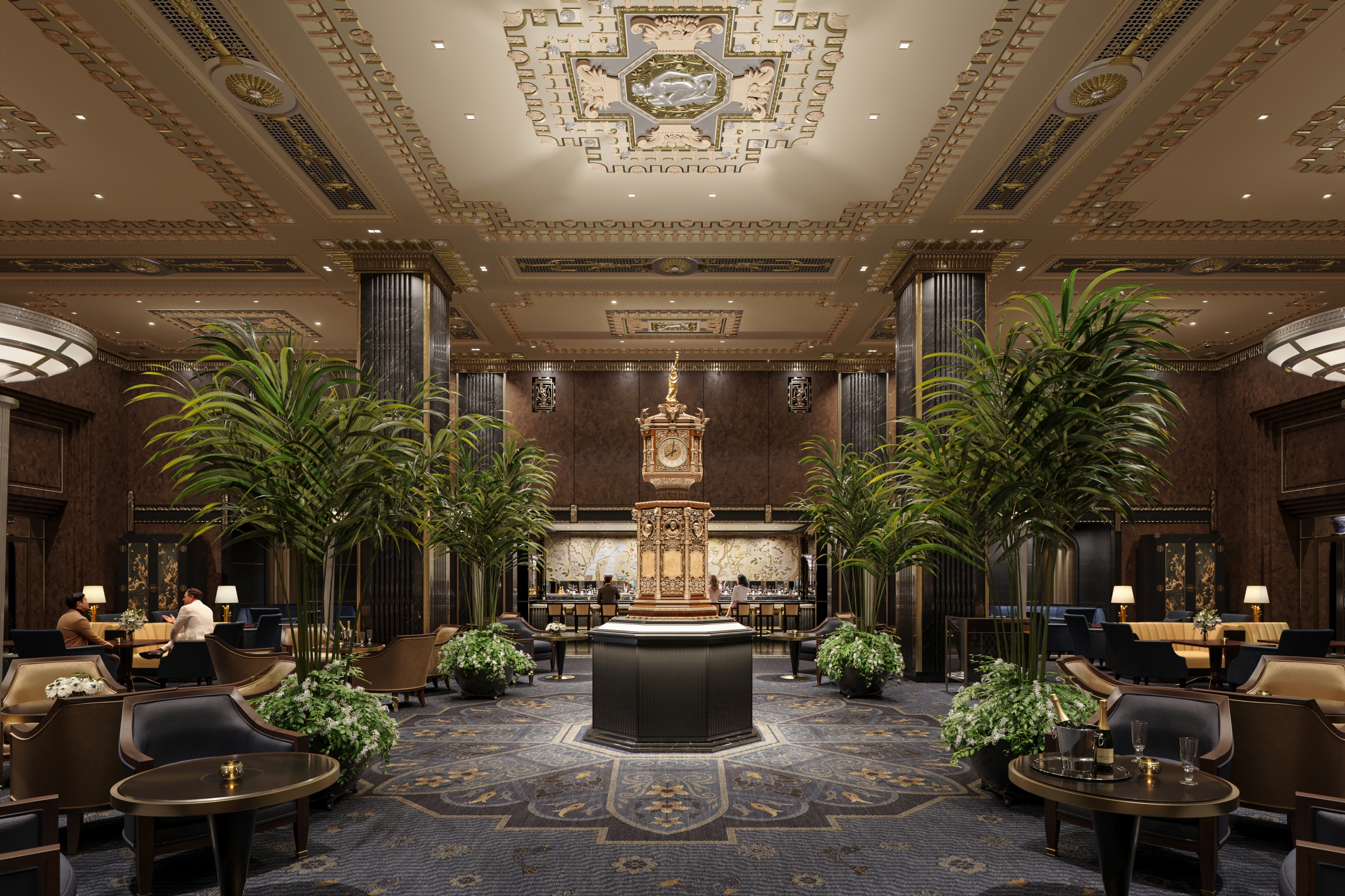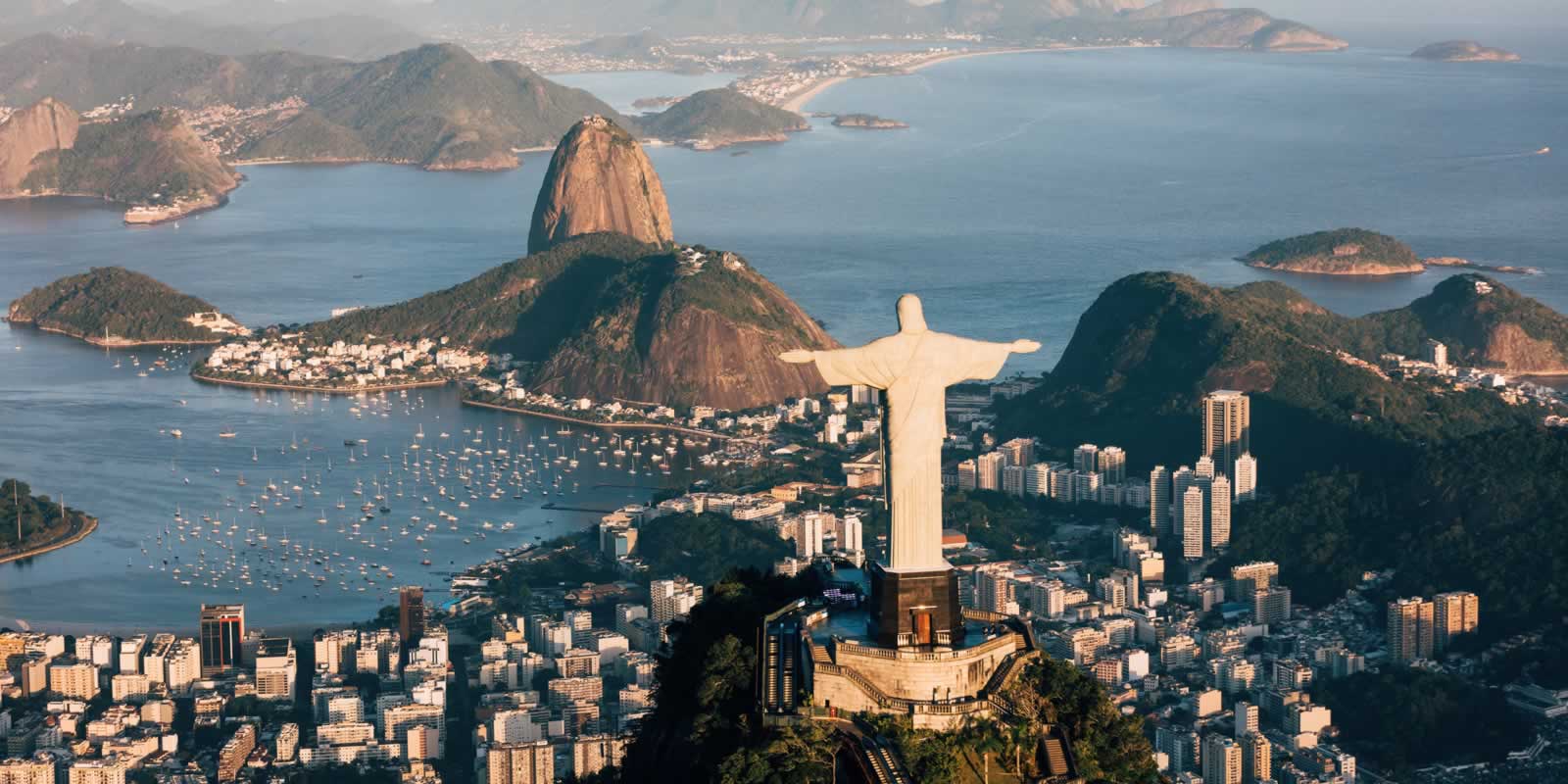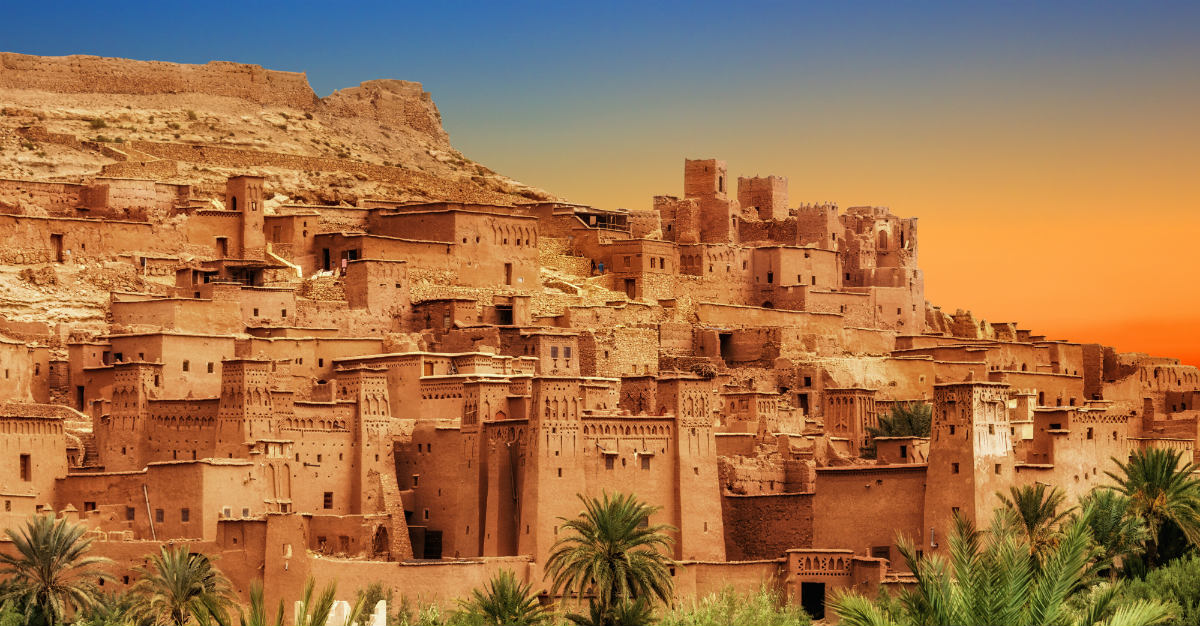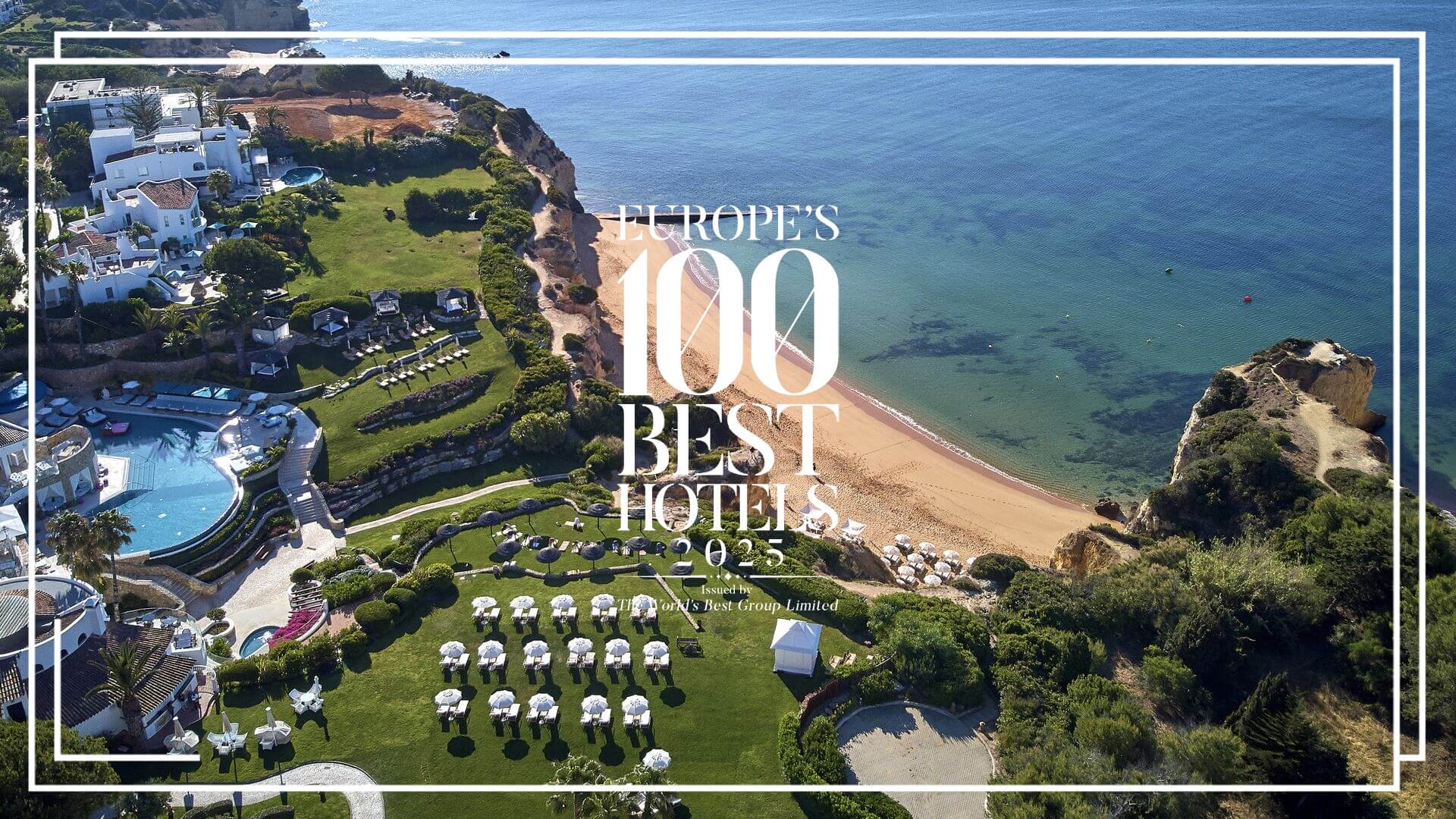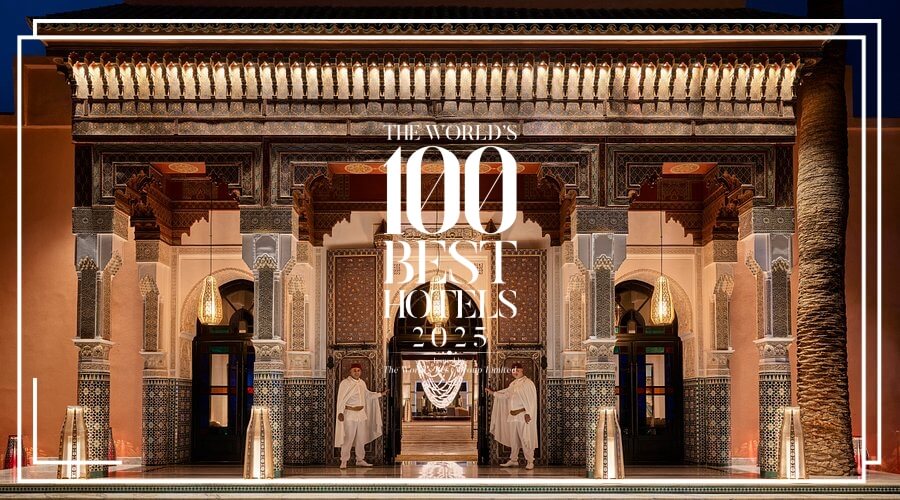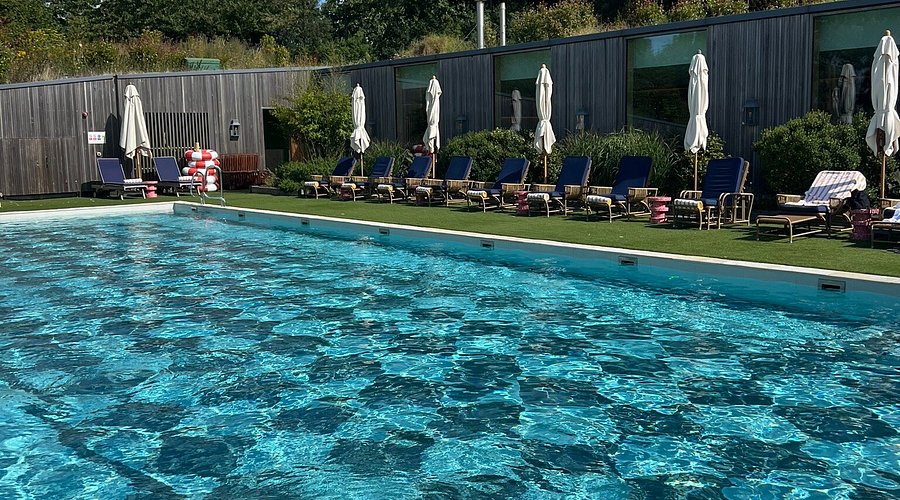Southeast Asia’s Distinctive Approach to Wellness and Holistic Healing
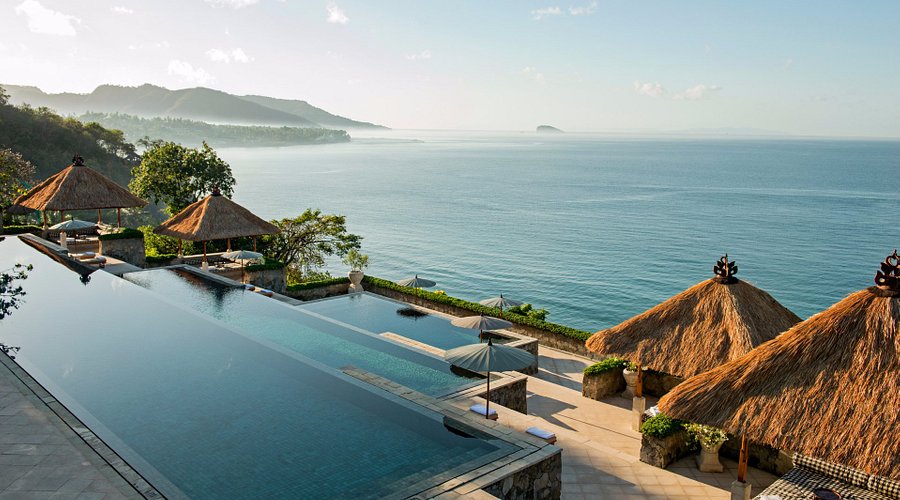
Feature · The World’s 100 Best
Southeast Asia has long been a crucible of healing traditions—where Ayurveda met Chinese medicine, where Buddhist mindfulness fused with animist rituals, and where tropical abundance shaped spa and wellness culture. In 2025, award-winning resorts and retreats in the region are redefining global wellness not by importing Western templates, but by exporting their own distinctive synthesis of holistic healing.
1) Roots of Tradition
- Thai Nuad Boran: Assisted stretching and pressure therapy with Ayurvedic and Chinese lineage.
- Balinese Boreh & Jamu: Spice pastes, turmeric tonics, ginger compresses that bridge medicine and ritual.
- Vietnamese Thuốc Nam: Village herbalism, bamboo cupping, forest-foraged botanicals.
- Filipino Hilot: Energy-based bone setting, coconut oil massage, banana leaf diagnostics.
- Mindfulness & Buddhism: Vipassana meditation, chanting, breathwork woven into spa curricula.
2) Holistic Philosophy
Wellness here is not compartmentalized. Resorts program healing across four simultaneous layers:
- Body: massage, hydrotherapy, yoga, martial arts (silat, muay thai).
- Energy: breathwork, prana/qi cultivation, sound baths, chanting.
- Mind: mindfulness meditation, forest bathing, cognitive reframing.
- Community: group rituals, temple offerings, farm-to-table collective meals.
“Healing is not delivered, it is shared—between guest, healer, land, and spirit.”
3) Tangible Modalities in Practice
Herbal Pharmacopoeia
Turmeric, lemongrass, galangal, pandan, and betel leaf integrated into wraps, teas, and poultices.
Thermal & Hydro
Onsen-inspired springs in Vietnam, jungle river plunges, herbal steam caves in Laos.
Energy & Spirit
Balinese priests blessing spaces; Thai monks teaching meditation; Filipino shamans conducting hilot rituals.
Movement Arts
Silat martial arts, yoga retreats in Ubud, chi gong at dawn, muay thai wellness camps.
4) Modern Adaptations & Global Resonance
- Medical Integration: Collaboration with endocrinologists, sleep labs, nutritionists in Thailand and Singapore.
- Design Synergy: Open-air salas, bamboo structures, water gardens blending architecture with healing philosophy.
- Measurement: HRV, sleep scores, stress biomarkers used alongside traditional diagnostics.
- Culinary Wellness: Plant-forward menus, jamu bars, fermentation labs turning heritage recipes into superfood regimens.
5) Case Snapshots Across the Region
Bali
Retreats blending jamu tonics, water temples, and yoga shalas; ceremonies timed with lunar cycles.
Thailand
Bangkok urban sanctuaries offering Thai massage, hydro circuits, meditation with monks on-site.
Vietnam
Mountain spas leveraging ethnic minority herbalism, forest bathing, and hot mineral springs.
Philippines
Beachfront hilot sanctuaries, coconut oil rituals, volcano-view meditation decks.
6) Intangible Outcomes
- Meaning & Memory: Guests recall blessings, rituals, and scents years later.
- Community Impact: Local healers employed; indigenous knowledge preserved.
- Identity Alignment: Guests feel they have participated in something cultural, not just consumed a treatment.
Business Value
- Length of stay uplift (0.4–0.7 nights average for wellness-focused guests).
- Retail attach via herbal tonics, oils, and crafts.
- Brand distinction: Southeast Asian properties ranked consistently for “soulful healing.”
Southeast Asia’s approach to wellness is not a hybrid of global trends—it is a living heritage. By measuring physiology, nurturing psychology, and preserving ritual, the region has built a wellness canon that feels local yet resonates globally. Guests do not just leave restored—they leave initiated into a culture of healing.
